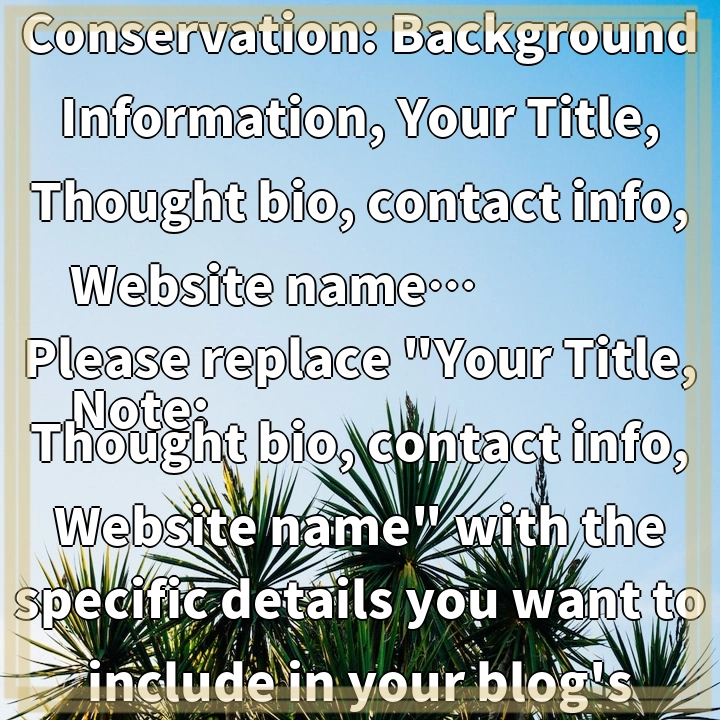
What it is:
Eco-friendly home insulation techniques are a range of sustainable approaches used to improve energy efficiency and reduce environmental impact in residential buildings. Traditional home insulation materials, such as fiberglass and foam, often contain harmful chemicals and have a high carbon footprint. In contrast, eco-friendly insulation options prioritize renewable and recycled materials, lower toxicity levels, and consider the overall energy consumption of the entire insulation production and installation process. These techniques aim to create a more sustainable and comfortable living space while minimizing energy waste and reducing the carbon footprint.
Real-World Problems:
Despite the benefits of eco-friendly home insulation techniques, there are challenges and real-world problems that can hinder their widespread implementation:
Inadequate Awareness and Information:
One of the significant barriers to adopting eco-friendly home insulation techniques is the lack of awareness and information among homeowners. Many people are unaware of the various sustainable insulation options available and their benefits. This leads to a reliance on conventional insulation materials and missed opportunities to improve energy efficiency and reduce environmental impact.
High Initial Costs:
Eco-friendly insulation materials and installation techniques often come with a higher upfront cost compared to traditional options. This cost disparity can discourage homeowners from investing in sustainable insulation solutions, especially when limited by budget constraints. However, it’s important to consider the long-term energy savings and environmental benefits that outweigh the initial investment.
Limited Availability and Accessibility:
While eco-friendly insulation options are becoming more popular, they might still be less accessible in certain regions. Limited availability of sustainable materials and a lack of skilled professionals trained in eco-friendly installation techniques can pose challenges for homeowners seeking to implement these solutions. Enhancing the availability and accessibility of eco-friendly insulation materials and expertise is crucial for their widespread adoption.

Solutions:
Addressing the real-world problems associated with eco-friendly home insulation techniques requires proactive steps and collaborative efforts:
Education and Awareness:
Increasing awareness through educational campaigns and outreach programs is essential to inform homeowners about the benefits of eco-friendly insulation. Providing accessible and easily understandable information through online resources, workshops, and community events can help individuals make informed decisions regarding sustainable insulation options.
Financial Incentives and Support:
Government and financial institutions can play a significant role in promoting eco-friendly home insulation by offering financial incentives, grants, or tax credits for homeowners who opt for sustainable solutions. These incentives can help offset the higher initial costs associated with eco-friendly insulation, making them more accessible and attractive to a wider range of homeowners.
Building Codes and Regulations:
Implementing and enforcing building codes and regulations that prioritize energy efficiency and sustainable insulation can drive widespread adoption. By requiring eco-friendly insulation standards in new construction and renovation projects, governments can encourage the use of sustainable materials and techniques, fostering a culture of environmentally conscious building practices.
Industry Collaboration and Innovation:
Eco-friendly insulation manufacturers, contractors, and professionals should collaborate to enhance the availability and accessibility of sustainable materials and installation services. Collaborative research and development efforts can drive innovation in eco-friendly insulation technologies, resulting in cost-effective and efficient solutions that meet the diverse needs of homeowners.















